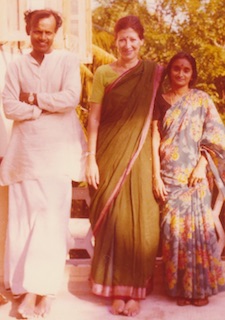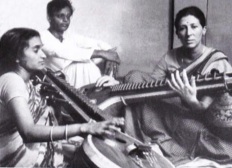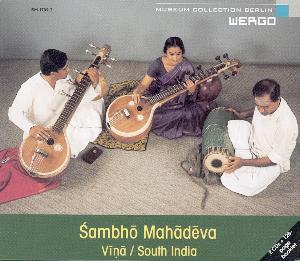with the help of Carnatic jatis (solfège)*
Subject: Till Eulenspiegel’s Merry Pranks by Richard Strauss >>
Courtesy © Tony Makarome – mridangam student of TR Sundaresan >>
I am working on a new composition for a singer, to be premiered in the States which is based on the Indian Konnakol (rhythms). I am also working on arrangements as well as original compositions for chinese orchestra (with Jeremy Monteiro) and bands. […] Growing up in Singapore meant that influences from different cultures were inevitable. Embracing different musical languages became a natural progression of my creativity. […] I am completely immersed in a “musical life”. I have recently gotten married and so family time is important, but out of the classroom and beyond Jazz, I am also caught spending time with little side projects and musical hobbies (if you consider playing an instrument for 10 years a “hobby”) such as practicing and performing on Indian instruments such as the Mridangam.
Learn more about Tony Makarome >>
Practice the tala applied in the above video clip: Misra cāpu tāla (7 syllables) >>
*Solfège sol-fa, solfa, solfeo, among many names, is a music education method used to teach aural skills, pitch and sight-reading of Western music. Solfège is a form of solmization, though the two terms are sometimes used interchangeably.
Wikipedia
Date Visited: 29 August 2022
Learn & practice more
- A brief introduction to Carnatic music (with music examples and interactive map)
- Bhava and Rasa explained by V. Premalatha
- Free “flow” exercises on this website
- Glossary (PDF)
- Introduction (values in the light of modernity)
- Video | Keeping tala with hand gestures: Adi (8 beats) & Misra chapu (7 beats)
- Voice culture and singing
- Why Carnatic Music Matters More Than Ever
- Worldcat.org book and journal search (including Open Access)



